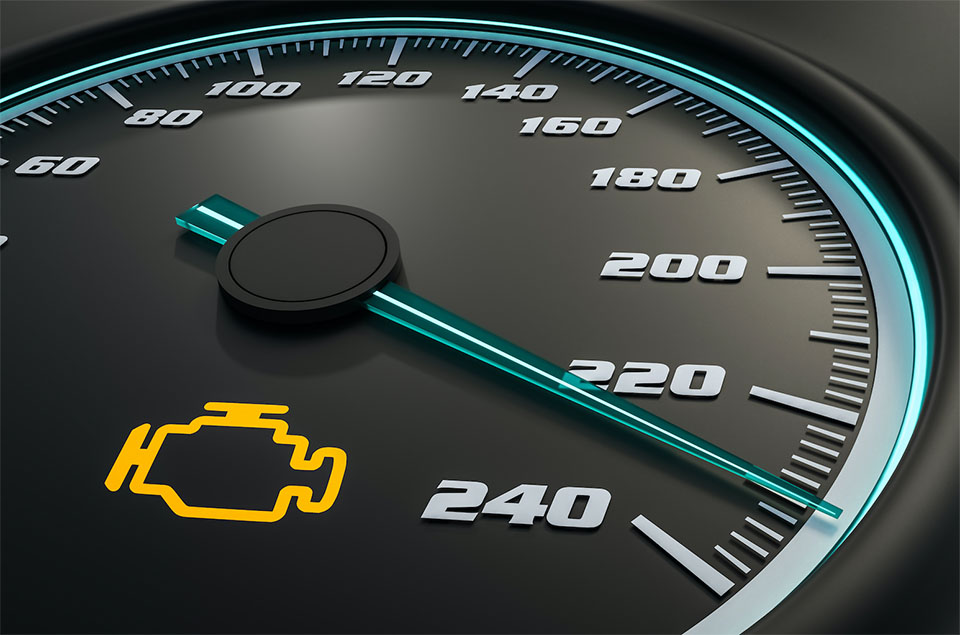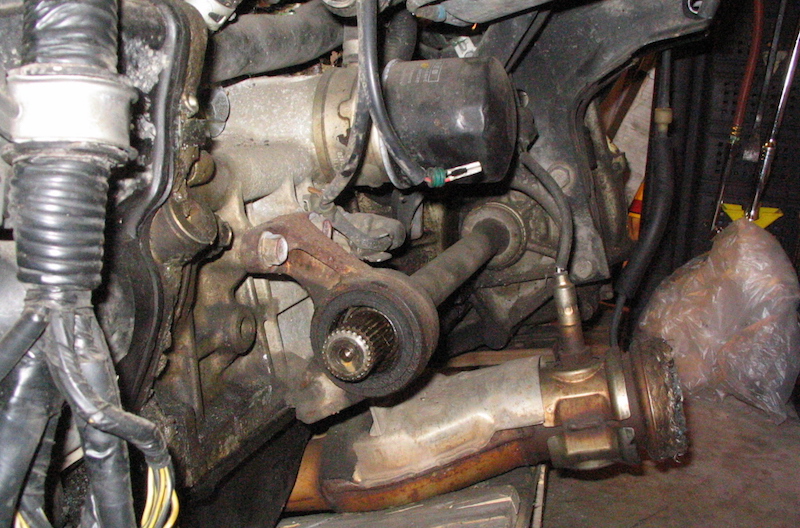So your check engine light is on. As you probably know, the check engine light (CEL) can light up for all sorts of reasons. But since the introduction of OBD-II back in the 1990s, many of those reasons are stored in a standardized set of diagnostic trouble codes that can be accessed with a generic code reader.
The good thing about the CEL and the entire OBD-II engine management and diagnostic system is that it takes a lot of the guesswork out of what's actually going on with a vehicle's engine and drivetrain. A tech can connect a code reader to the OBD-II port and quickly access any trouble codes that are stored in the engine computer, pointing him or her in the right direction for diagnosis and repair.
Note: Code scanning is one of the free services at your local Advance Auto Parts store.
Where it can get tricky, though, is interpreting what the trouble codes mean. At times, there's a certain amount of reading between the lines needed to come up with an informed conclusion on why a certain code might be stored—and a single problem might cause a cascade of trouble codes to all be stored.
To help you learn more about these codes and decide whether the issue is one you can tackle yourself or one that you should take to a trained technician, Advance Auto Parts will be breaking down common codes. Today we're going to talk about Trouble Code P0411 — Secondary Air Injection Incorrect Flow Detected — and how it can affect emissions and drivability.
P0411: Secondary Air Injection Incorrect Flow Detected — What Does It Mean
Secondary air injection was an early effort at emissions control, dating all the way back to the mid-1960s. The principle is to introduce fresh air into the exhaust stream, allowing for more complete combustion of gases. For carbureted vehicles, that meant a belt-driven air pump (aka "smog pump") under the hood that forced air into the exhaust stream, usually at the exhaust manifold. The smog pump featured a check valve that prevented exhaust gases from working their way back into the pump, and a diverter that routed air back into the air cleaner if the throttle suddenly closed. This was a pretty effective setup considering carburetors were less efficient than fuel injection and had a greater proportion of unburned or half-burned fuel in the exhaust stream.
Newer vehicles combust fuel more efficiently, and modern secondary air injection systems are designed to assist the catalytic converter. The engine will naturally run rich until it hits operating temperature, and air injection upstream in the exhaust serves the same function as on an older vehicle. When the engine gets to operating temp, though, air is then diverted into the catalytic converter to help it do its job more efficiently. Modern engines aspirate air by engine vacuum, with a small reed valve that eliminates the bulk and parasitic drag of a belt-driven pump.
Symptoms
- Hesitation
- Failed emissions test
What Happens If I Ignore It?
Chances are your vehicle will still be drivable, but you won't be able to pass an emissions test.
Possible Fixes
When the P0411 code is set, it means that the PCM doesn't detect an appropriate drop in the voltage from the O2 sensor, which would indicate air being injected into the exhaust stream. The problem isn't necessarily the pump itself, though, so other components in the system should be checked first.
- As with most diagnostic problems, it's a good idea to look for recalls or technical service bulletins (TSBs) that address the issue. Sometimes a problem is common enough to warrant a TSB from the factory.
- Check all wiring and connectors for corrosion or damage.
- Start the engine dead-cold and use a data-streaming scan tool to monitor voltage from the front oxygen sensor. In the first 15 seconds or so, the voltage should drop to about 0.125 volts.
- Check all parts of the air delivery system, including the solenoid, check valve, piping, connectors and tubing.
- If the voltage from both O2 sensors doesn't drop, try blowing into the air management valve. The valves should open freely, while you watch for a change in voltage on your multimeter.
- Locate and replace check valves, then clear codes from PCM.
Is this a code you've come across in the past? Let us know in the comments how you fixed it.









